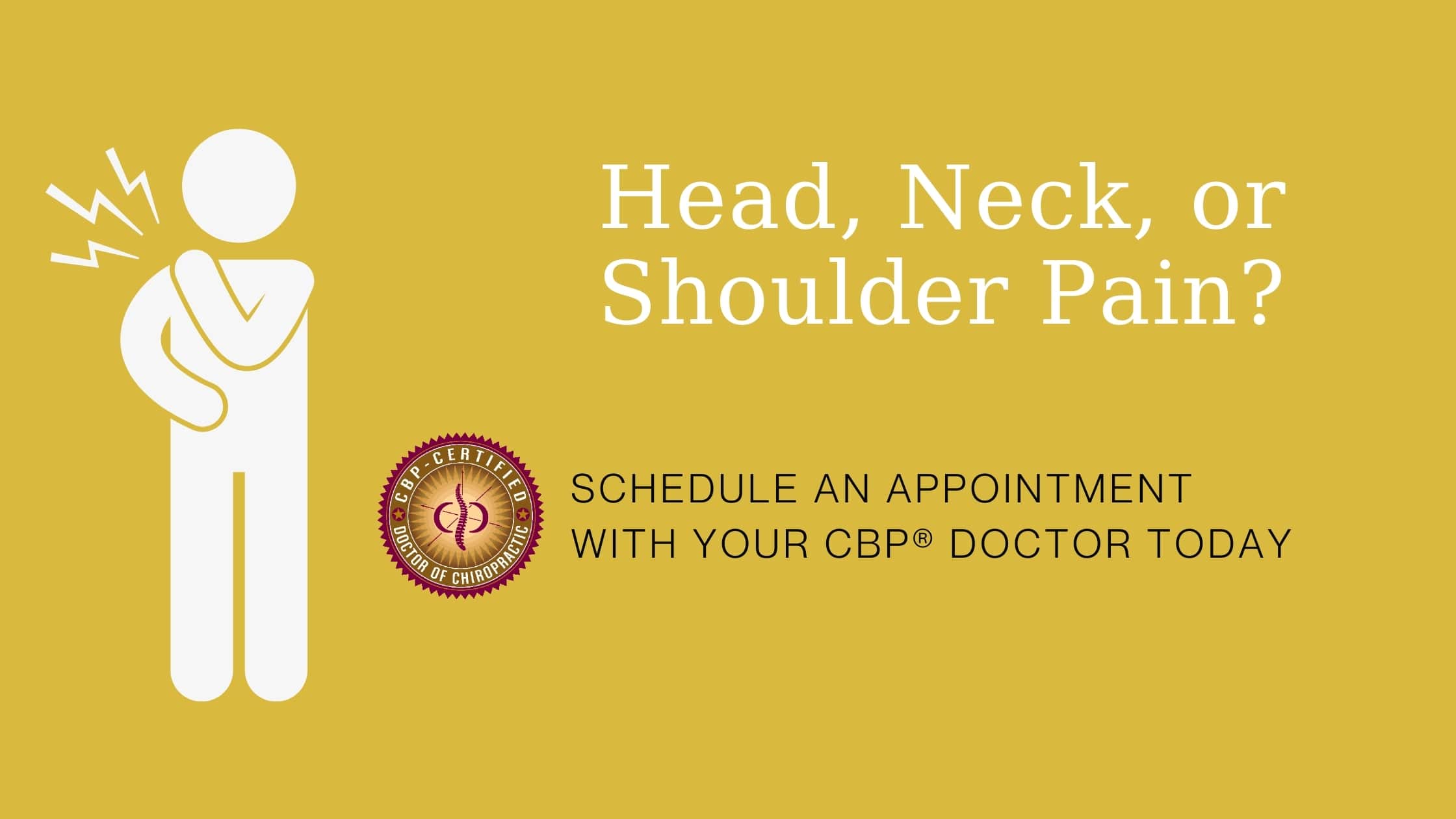How to Read CBP® Cervical Spinal Model Values

Chiropractors use the CBP® Spine Model to set a baseline for what it means to have a healthy spine.
Chiropractors use absolute rotation angle (ARA) and relative rotational angles (RRA) to determine whether your spinal alignment is normal. To have an
ideal spine, the ARA (total angle of curve from C2 to C7) must equal the RRA (segmental angles from C2 to C7). For example, a normal neck should have a geometric shape of a piece of a circle.
A study of 400 people by Dr. Harrison Deed found, when used, the CBP Spine Model could accurately predict the segmental and cervical curves in lordotic, or normal, necks. Participants were excluded if they had cervical kyphosis, degenerative joint diseases, or other abnormal spinal curvatures. Here are spinal curvature results from the study:
| Average Value | Ideal Measurements |
Height/Length |
|
|
C2-C7 | 0.97 | 0.95 |
Segmental Rotation |
|
|
C1 to Horizontal | 24 degrees | 28.7 degrees |
C2-C3 | 7.8 degrees | 9.4 degrees |
C3-C4 | 6.6 degrees | 8.2 degrees |
C4-C5 | 7.2 degrees | 8.2 degrees |
C5-C6 | 5.9 degrees | 8.2 degrees |
C6-C7 | 6.6 degrees | 8.2 degrees |
Absolute Rotation |
|
|
C2-C7 | 34 degrees | 42 degrees |
Anterior Head Translation |
|
|
Tz | 15 millimeters | 0 millimeters |
Harrison said the results showed, within margin of error, the spine model accurately identified the measurements of lordotic spinal patients. He added while chiropractors have a defined range for an “ideal spine,” that designation continues to grow with further research.

